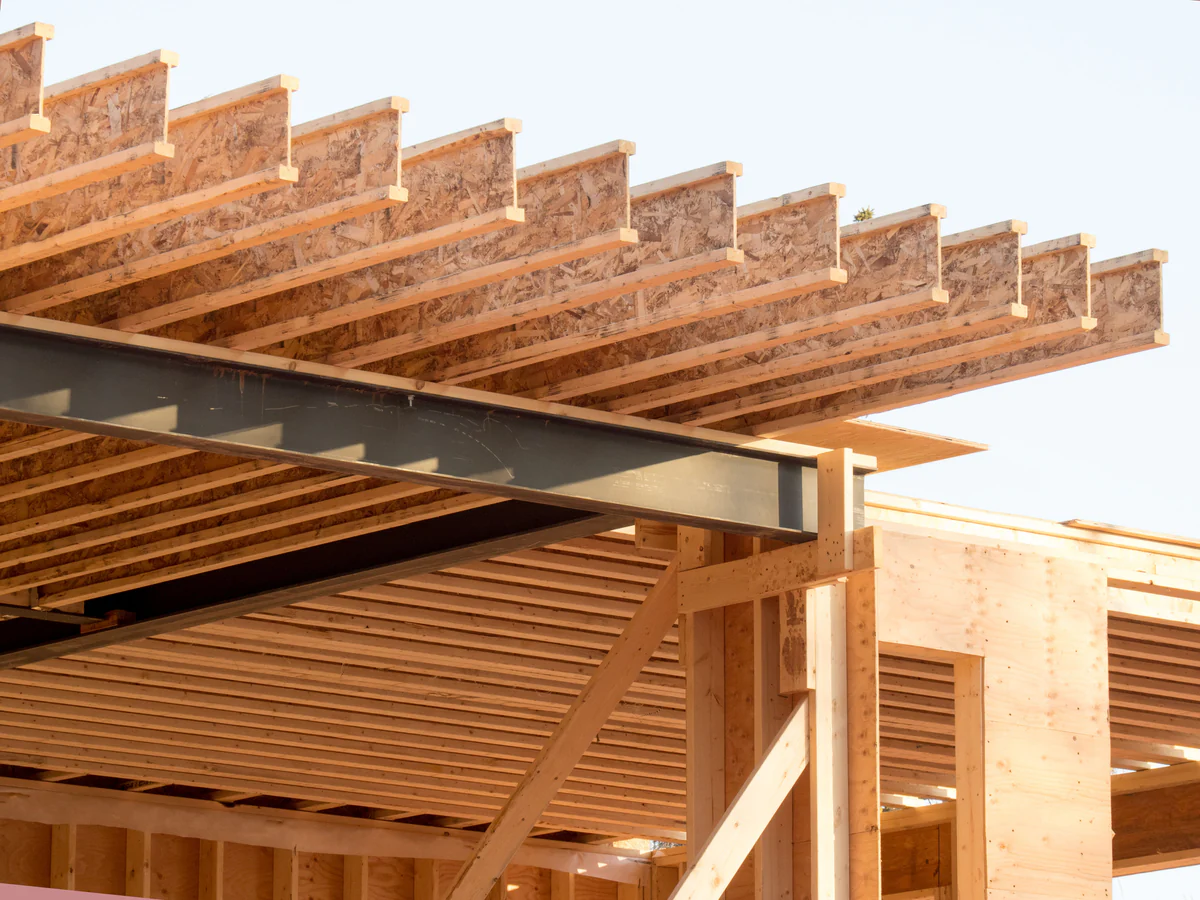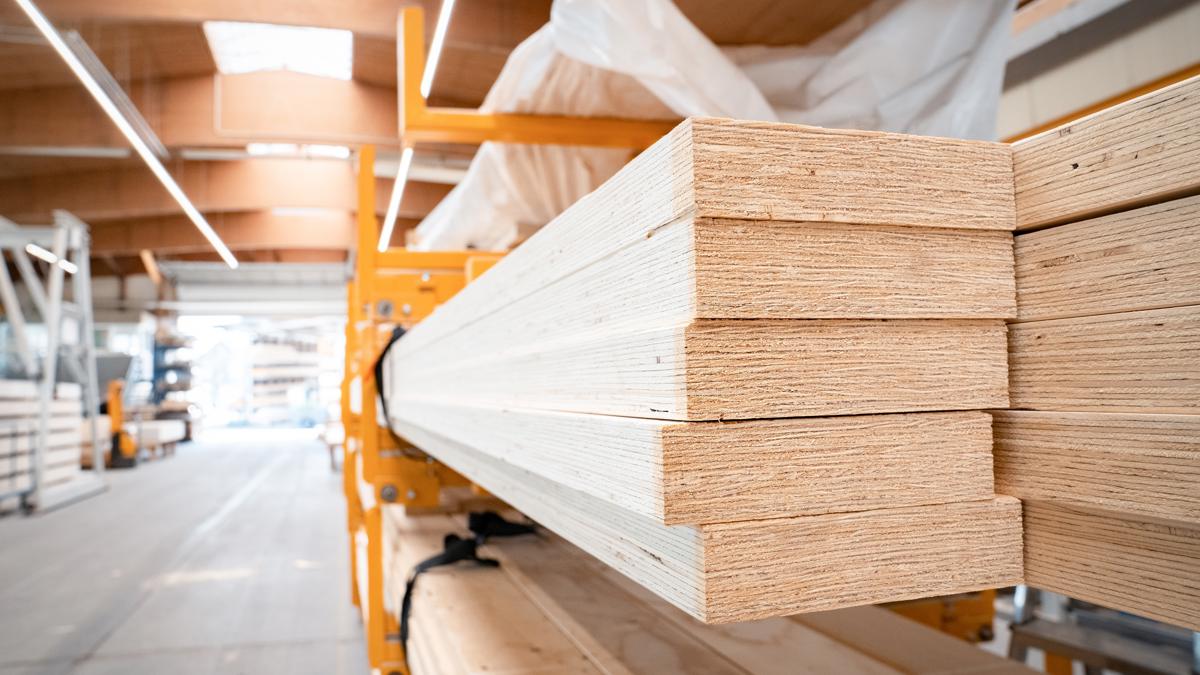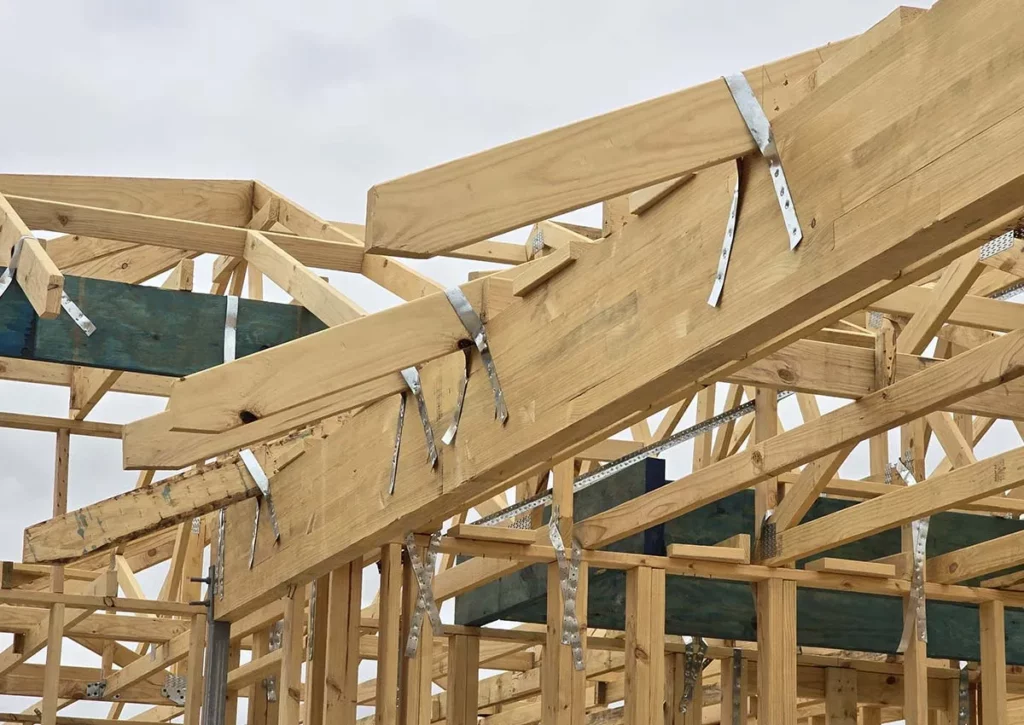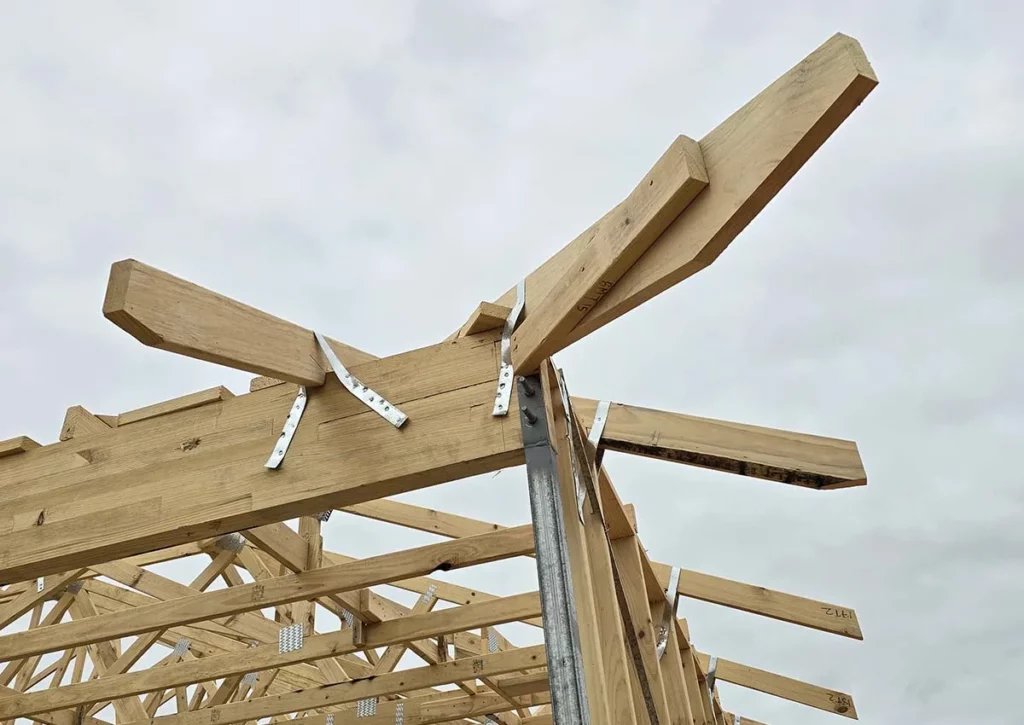In the realm of modern construction, the materials and techniques employed play a pivotal role in ensuring the stability and longevity of structures. One such material that has gained prominence in recent years is Laminated Veneer Lumber (LVL). This engineered wood product offers numerous advantages over traditional timber and is increasingly being used in residential and commercial projects alike. This article delves into the intricacies of LVL beam construction and its significant role in enhancing building stability.
What is LVL Beam Construction?
Laminated Veneer Lumber (LVL) is an engineered wood product made from multiple layers of thin wood veneers that are glued together under heat and pressure. The result is a strong, stable, and versatile material that can be used in a variety of structural applications. LVL beams are particularly popular in situations where high strength and dimensional stability are required.
In summary, LVL beam construction has emerged as a vital component in modern building practices, providing strength, stability, and versatility. With their ability to withstand environmental factors and distribute loads effectively, LVL beams play a crucial role in maintaining the structural integrity of both residential and commercial buildings.
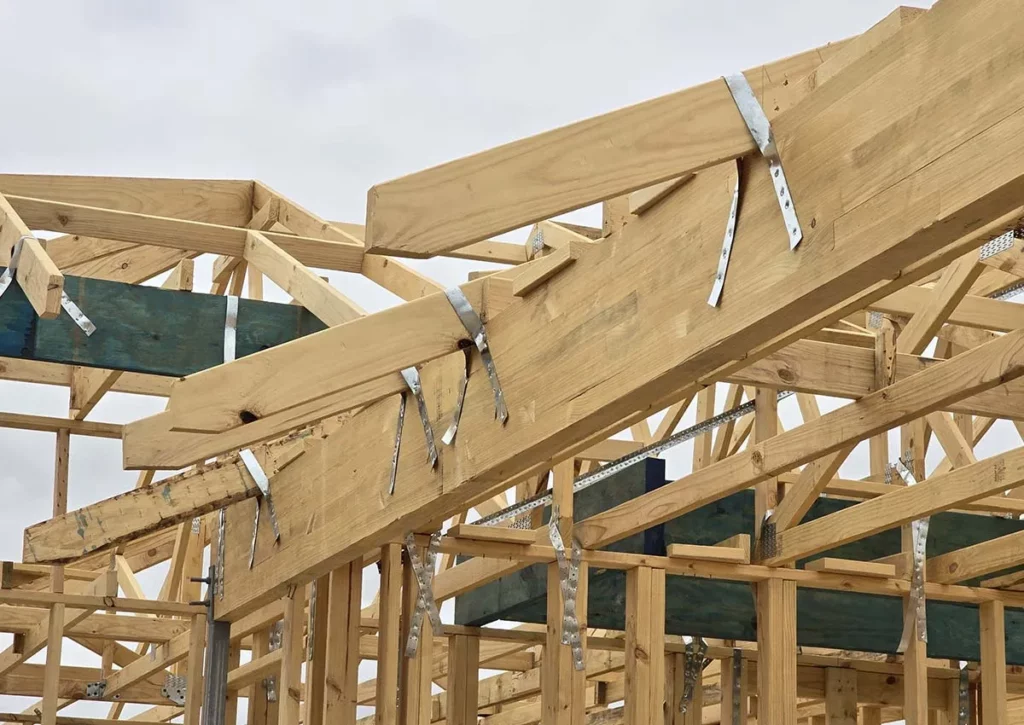
Composition and Manufacturing Process
The manufacturing process of LVL involves several key steps. First, logs are debarked and cut into thin veneers. These veneers are then dried to a specific moisture content to prevent warping and shrinkage. Once dried, the veneers are glued together, with the grain of each layer oriented in the same direction. This alignment enhances the strength of the final product. The glued layers are then pressed together to form a solid beam, which is cut to the desired dimensions.
One of the standout features of LVL is its ability to be produced in long lengths, making it ideal for spanning large distances without the need for additional support. This characteristic not only reduces the amount of material needed but also simplifies the construction process.
Properties of LVL Beams
LVL beams possess several properties that make them an excellent choice for construction. They are known for their high strength-to-weight ratio, which allows for the creation of lighter structures without compromising stability. Additionally, LVL is resistant to warping, splitting, and cracking, which are common issues associated with traditional timber.
Moreover, LVL beams can be manufactured to specific load-bearing requirements, making them suitable for a wide range of applications, from residential homes to commercial buildings. Their uniformity in size and strength also allows for precise engineering and design, leading to more efficient construction practices.
The Role of LVL Beams in Building Stability
Building stability is a critical aspect of any construction project. The choice of materials and structural elements directly impacts the overall integrity of a building. LVL beams contribute significantly to this stability in several ways.
Read more at: LVL Timber Buy Guide Where to Find the Best Deals for Construction Projects
Load Distribution and Structural Integrity
One of the primary functions of LVL beams is to distribute loads evenly across a structure. This capability is essential for maintaining the integrity of the building, especially in areas where heavy loads are anticipated, such as in roof systems or floor joists. By effectively distributing weight, LVL beams help prevent structural failure and ensure longevity. Find more about integrity on https://ethicsunwrapped.utexas.edu/glossary/integrity
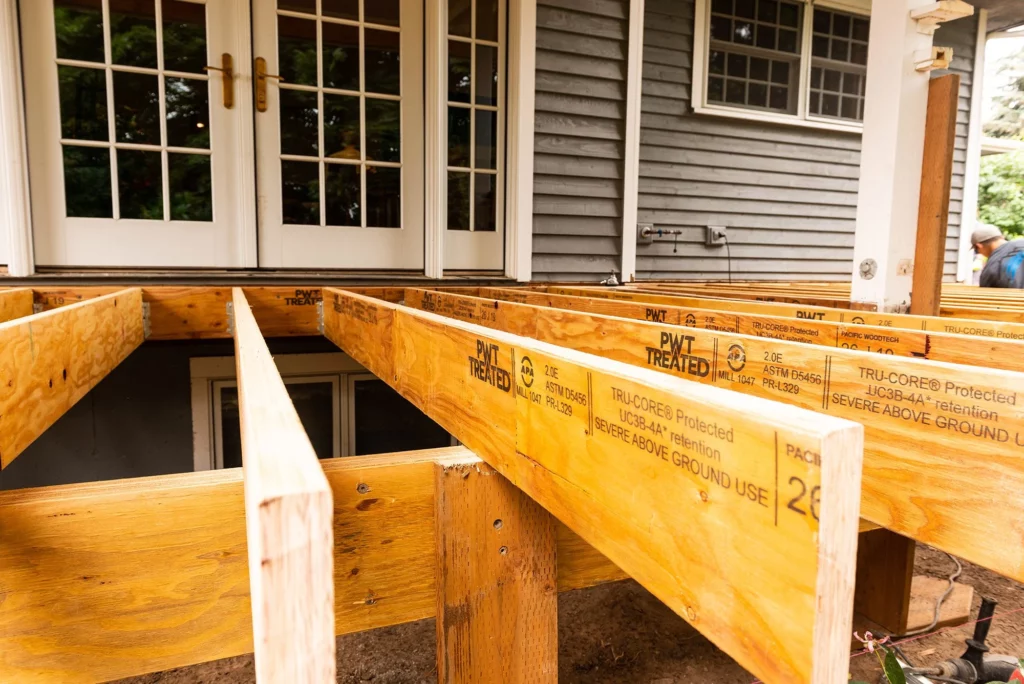
Furthermore, the consistent quality of LVL means that builders can rely on its performance under various conditions. Unlike traditional timber, which can vary in strength and stability due to knots or imperfections, LVL offers a predictable and reliable alternative.
Resistance to Environmental Factors
LVL beams are designed to withstand various environmental factors, including moisture and temperature fluctuations. Traditional timber can be susceptible to changes in humidity, leading to expansion and contraction that can compromise structural integrity. LVL, on the other hand, is engineered to resist these changes, providing a more stable solution for construction.
This resistance to environmental factors not only enhances the durability of the beams but also contributes to the overall stability of the building. As a result, structures incorporating LVL beams are less likely to experience issues such as sagging or warping over time.
Applications of LVL Beams in Construction
The versatility of LVL beams allows them to be used in various applications across both residential and commercial construction. Their strength and stability make them suitable for a range of structural elements, from beams and headers to floor joists and roof trusses.
Residential Construction
In residential projects, LVL beams are often used to create open floor plans by eliminating the need for excessive load-bearing walls. This design flexibility allows for more spacious and aesthetically pleasing interiors. Additionally, LVL can be utilised in the construction of large spans, such as in vaulted ceilings or expansive living areas. To read more about flexibility click here.
Moreover, the use of LVL in residential construction can lead to faster build times, as the material is readily available and easy to work with. Builders can quickly install LVL beams, reducing labour costs and expediting project timelines.
Commercial Construction
In commercial applications, LVL beams are frequently employed in larger structures, such as warehouses, retail spaces, and office buildings. Their ability to support significant loads makes them ideal for these environments, where durability and strength are paramount.
Furthermore, LVL’s resistance to environmental factors is particularly beneficial in commercial settings, where buildings may be subjected to varying conditions due to occupancy and usage. This resilience ensures that the structural integrity of the building remains intact over time.
Advantages of Using LVL Beams
The adoption of LVL beams in construction comes with several advantages that make them a preferred choice among builders and architects alike.
Cost-Effectiveness
While the initial cost of LVL beams may be higher than traditional timber, their long-term benefits often outweigh the upfront investment. The durability and strength of LVL lead to reduced maintenance costs and a longer lifespan for the structure. Additionally, the ease of installation can result in lower labour costs, making LVL a cost-effective solution in the long run.
Environmental Sustainability
LVL is considered a more sustainable option compared to traditional timber. The manufacturing process utilises fast-growing trees, which can be harvested responsibly, reducing the impact on forests. Furthermore, LVL beams can be produced from wood sourced from sustainable forestry practices, making them an environmentally friendly choice for construction projects.
Considerations When Choosing LVL Beams
While LVL beams offer numerous benefits, there are several considerations to keep in mind when selecting this material for a construction project.
Building Codes and Regulations
It is essential to ensure that LVL beams comply with local building codes and regulations. These codes often dictate specific requirements for structural materials, including load-bearing capacities and fire resistance. Consulting with a structural engineer or building professional can help ensure that the chosen LVL beams meet all necessary standards.
Design and Engineering
Proper design and engineering are crucial when incorporating LVL beams into a construction project. The beams must be appropriately sized and spaced to handle the anticipated loads. Engaging with an experienced architect or engineer can help optimise the design and ensure that the LVL beams contribute effectively to the overall stability of the structure.
Conclusion
The advantages of using LVL, including cost-effectiveness and environmental sustainability, further underscore its importance in the construction industry. As the demand for innovative and reliable building materials continues to grow, LVL beams are poised to remain a popular choice among builders and architects seeking to create safe, durable, and aesthetically pleasing structures.
Ultimately, understanding the role of LVL beams in construction not only enhances knowledge but also contributes to making informed decisions in building design and material selection. As the industry evolves, embracing modern materials like LVL will undoubtedly lead to more efficient and sustainable building practices.

